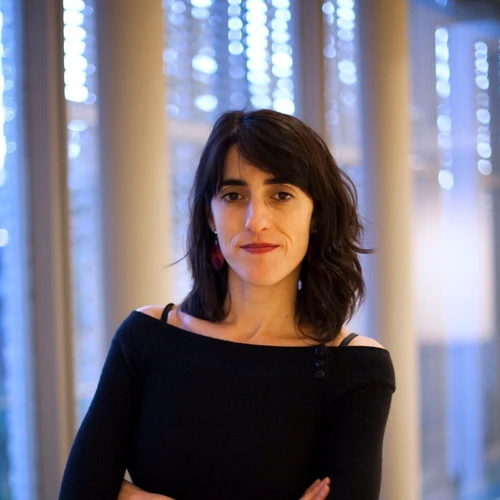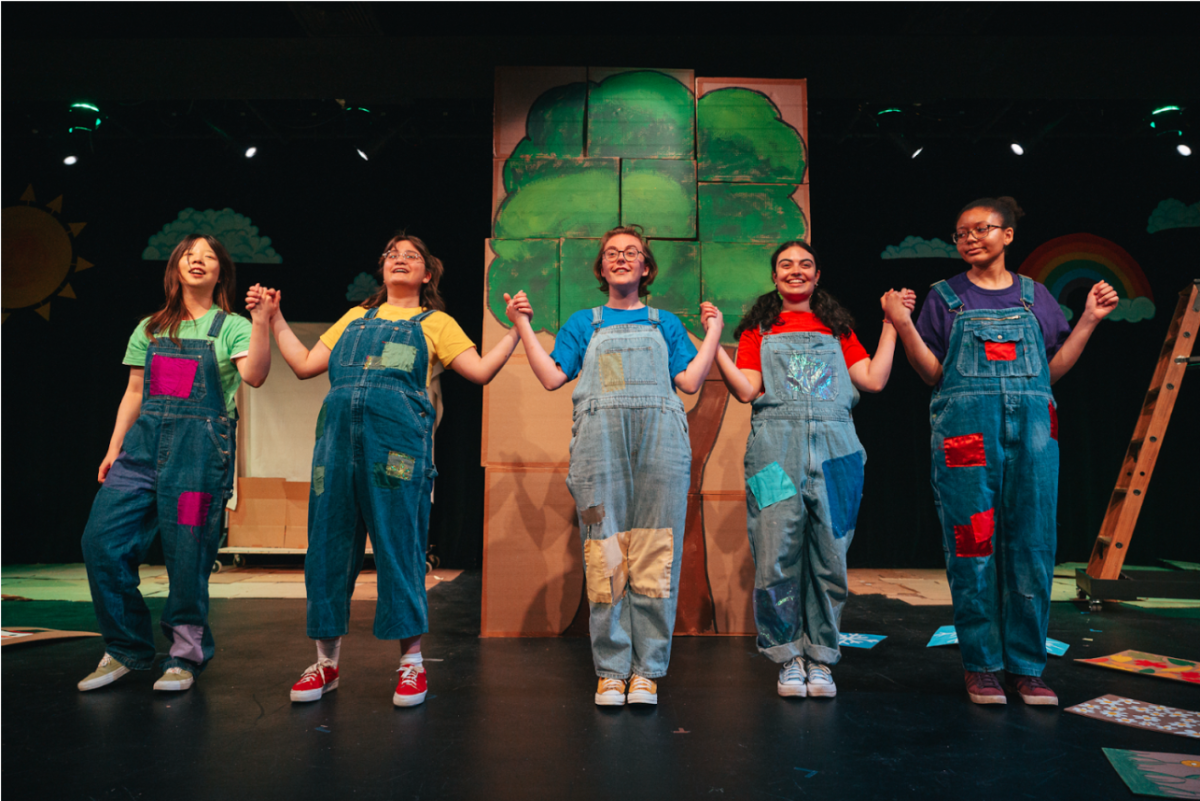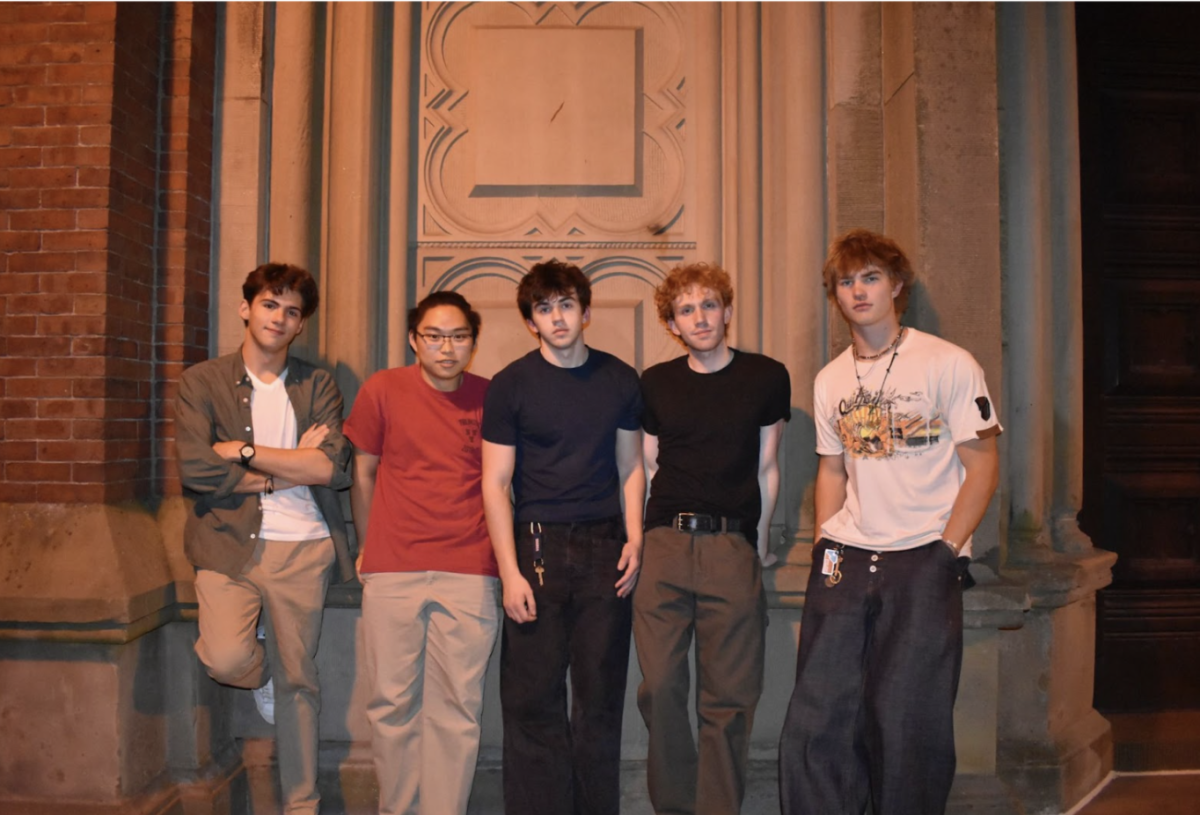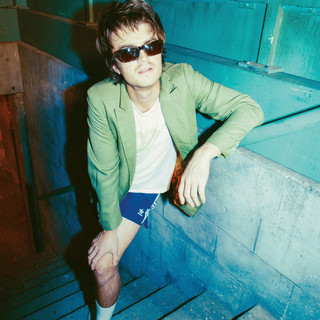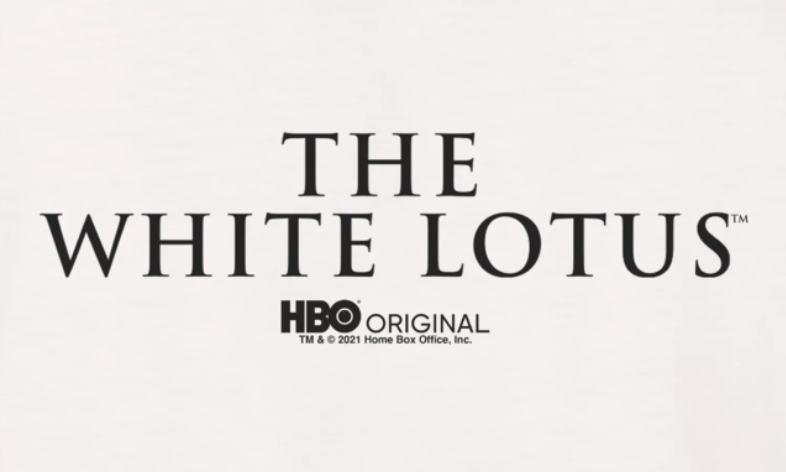Warning: Spoilers — This article discusses the general plot and themes of “Wuthering Heights” (1847).
“Wuthering Heights” has a special eldritch place in my heart. Unfortunately, the silver screen has never done the novel justice. In light of Emerald Fennell’s upcoming adaptation, I critique earlier film representations of Brontë’s novel, specifically their representations of Heathcliff, and explore the effects of artistic license.
In July, filmmaker Emerald Fennell of “Promising Young Woman” (2020) and “Saltburn” (2023) fame shared her next project: a film adaptation of Emily Brontë’s 1847 Gothic novel “Wuthering Heights.”
Just last month, Fennell announced that Australian actors Margot Robbie and Jacob Elordi are slated to portray the novel’s leads, Catherine Earnshaw and Heathcliff, respectively. The casting of Elordi as Heathcliff was met with immediate backlash.
In the novel, Heathcliff is described as “dark-skinned” and likened to a “Lascar, or an American or Spanish castaway.” “Lascar” is a term that describes sailors from Southeast Asia or the Indian subcontinent. Most frequently, he is referred to using a common slur for Romani people. While this word has been used to describe anyone perceived as not ethnically English, the more overt physical descriptions Brontë provides of Heathcliff do not conjure up visions of Jacob Elordi. The Earnshaws, much like the Australian actor, are fair-skinned with dark hair and eyes and are presented, in no uncertain terms, as English. All of this compels me to ask: Why didn’t Fennell cast a person of color for the role?
The whitewashing of the Heathcliff is not unique to Fennell’s rendition of the novel. The misrepresentation of Heathcliff and of “Wuthering Heights” in cinema, and in the popular imagination, is long-running.
The 1939 adaptation of the novel is a far cry across the moors from its source material. Heathcliff is played by the white English Laurence Olivier. Even though the film was well-received, Olivier’s Heathcliff is more stern than impassioned and ruthless. 1939 lacks the zeal and, yes, morbidity necessary to convey the intensity and anguish of Catherine and Heathcliff’s relationship. The entire film works to warp Brontë’s vision into a schmaltzy Tinseltown Romance. But “Wuthering Heights” is not a sugary Hallmark-movie-esque story. In the novel, passion is all-consuming, inflicting psychological and physical distress. Catherine wastes away under its weight. It drives Heathcliff to sadistic monomania. It corrodes the boundaries of selfhood. Brontë asks us a question: Is passion or love inherently unhealthy, obstructive, or transgressive in its rebellion against racial, class and social norms?
If the novel is stripped of its thorniness, the points of tension that foster these questions are lost. How can we see the tension between love and racial norms in English society if we continue to see white actors like Olivier and Elordi on the screen?
Not all films attempt to sanitize the novel’s brutality, yet even the most faithful of adaptations are flawed. “Emily Brontë’s Wuthering Heights” (1992) works to evoke the novel’s gothic mood and reconstructs much of the plot. Ralph Fiennes is a delightfully disturbed but thoroughly human Heathcliff. The film shows us the character’s subjection to years of physical and verbal abuse, particularly at the hands of an aptly detestable Hindley Earnshaw. The film also captures the intensity of Heathcliff’s and Catherine’s childhood bond. However, because Fiennes is white, the picture ignores what the novel makes clear: the primary motivation behind Heathcliff’s mistreatment is racism. Catherine’s decision to dissolve their childhood bond and marry the white, well-born Edgar Linton is informed by classist and racist norms.
So far, only one film adaptation has cast a person of color as Heathcliff. I consider the 2011 version, in which James Howson portrays Heathcliff and Kaya Scodelario portrays Catherine Earnshaw, to be a solid film in its own right but a poor evocation of Brontë. Much of the picture focuses on Heathcliff and Catherine’s childhood development. In contrast to the 1992 iteration, this adaptation makes the racial motivation for Heathcliff’s abuse and rejection apparent. Nonetheless, 2011 overemphasizes the bleakness of the environs and circumstances to the point that the film exists in an awkward tonal space between the sedate and the earthy — in every sense of the word. This tonal trouble neutralizes the passion that, as aforementioned, gives “Wuthering Heights” its impact. 2011 is a fair portrait of desolation and trauma, but it is not Brontë’s portrait.
Ultimately, my pedantic critiques gloss over the fundamental questions: Is it even possible for the medium of film to capture “Wuthering Heights,” a novel so ennobled by Brontë’s language, her successful descriptions of the supposedly ineffable and her foresight to create distance between the narrator(s) and the subjects they describe? If it is possible to revive “Wuthering Heights” on the screen, is it necessary?
Surprise. I don’t have the answer.
What I can say is that it’s worthwhile to consider how differences in media and stylistic choices therein shape our understanding of narratives and themes. Fennell has, undoubtedly, considered the effects of artistic choices in her adaptation at length. And while I think her decision to cast a white actor to play Heathcliff erases much of the profundity of “Wuthering Heights,” I do hope her overall project pleasantly surprises me.
“Wuthering Heights” has a certain extraordinary power. It is the kind of story that gets into our bones, that stirs somewhere deep in the consciousness, forcefully surfacing of its own volition, telling us about the very core of ourselves, long after we’ve read it. If we do keep resurrecting this incredible story, please, please, let us ensure that it wakes kindly and not in torment.
Contact the editors responsible for this story: Norah Catlin, Anabelle Meyers


